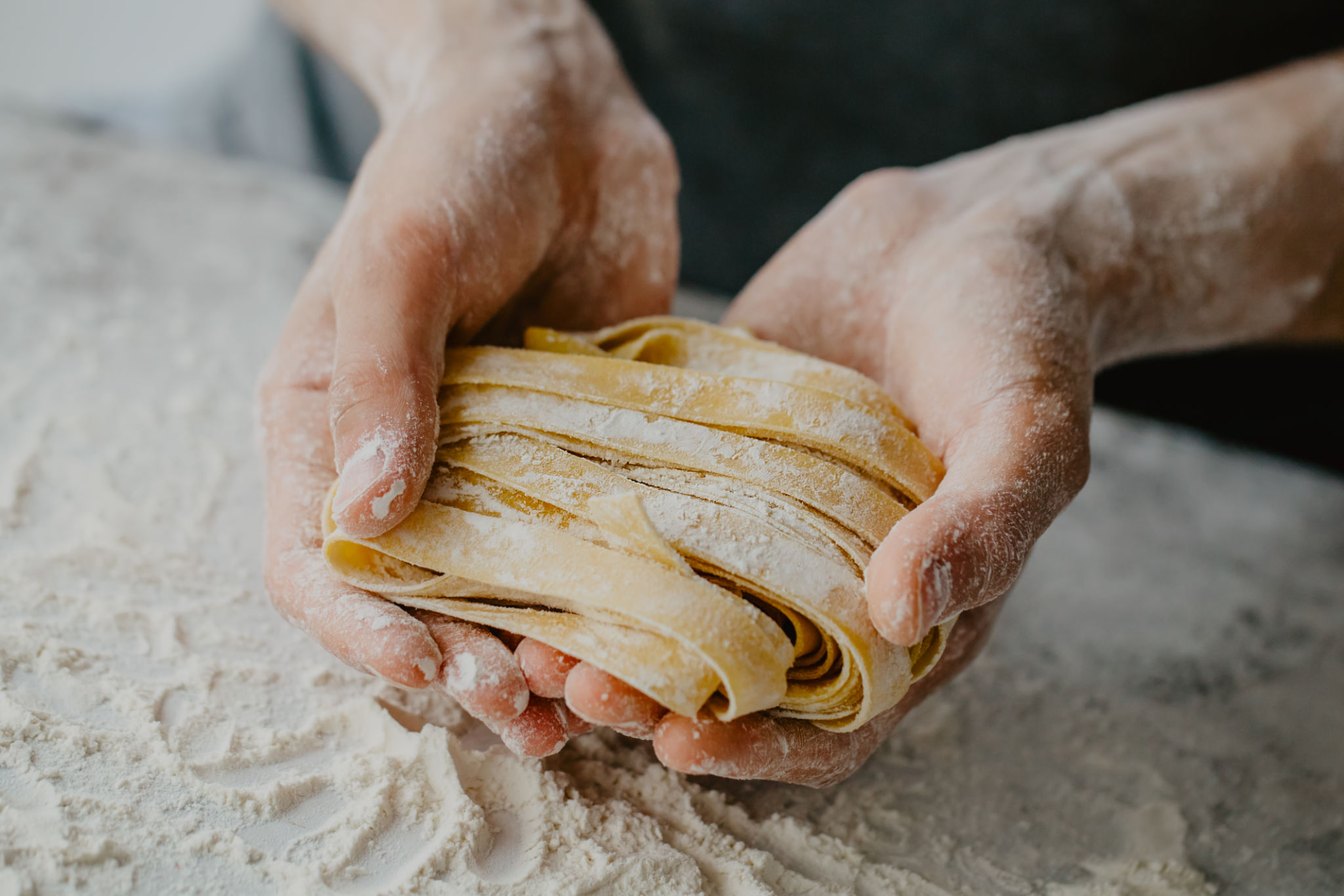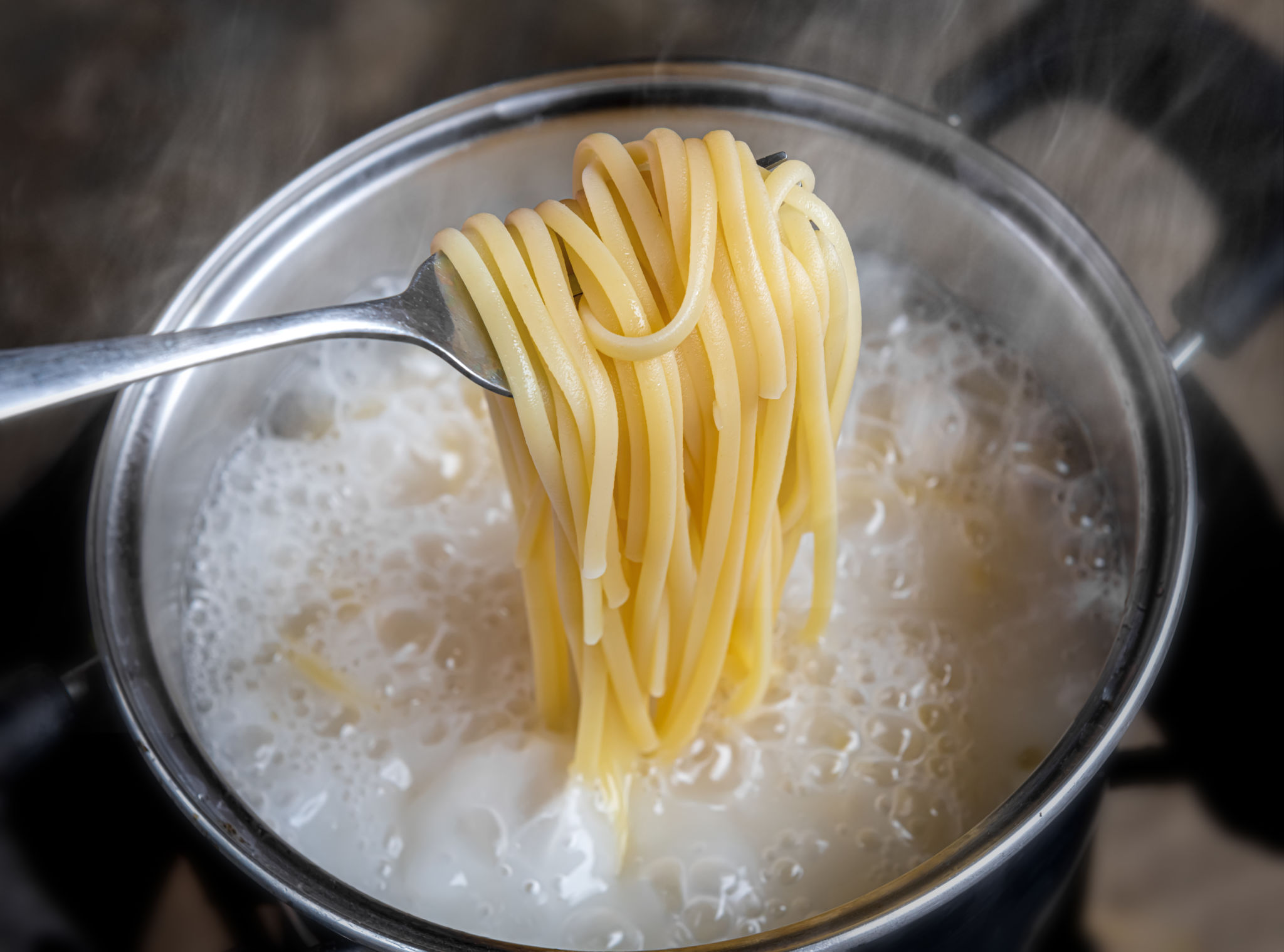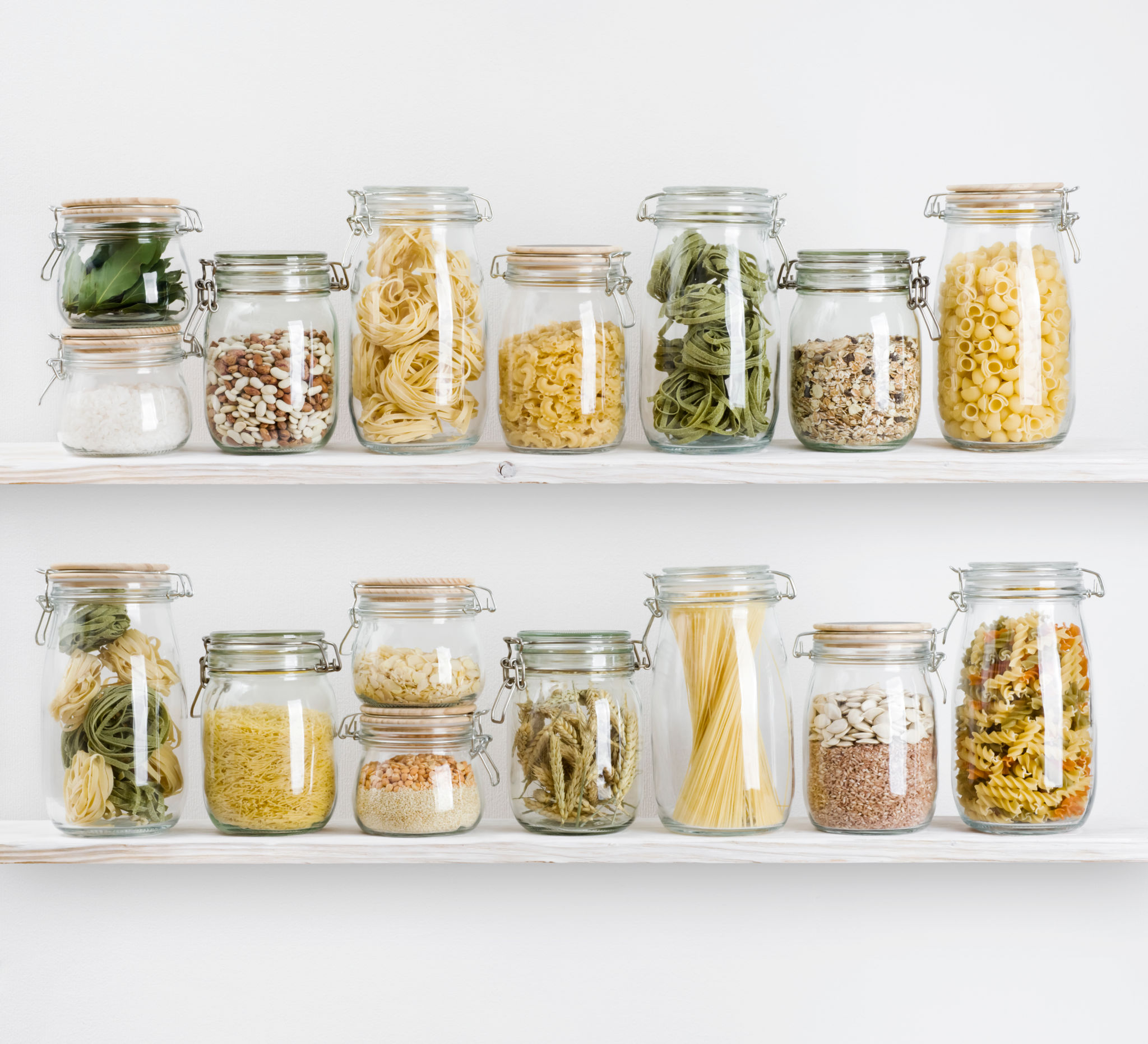The Ultimate Guide to Homemade Pasta: From Flour to Fork
Introduction to Homemade Pasta
There's nothing quite like the taste and texture of freshly made pasta. Crafting pasta from scratch can elevate any Italian dish, bringing a touch of authenticity and a whole lot of flavor. Whether you're a seasoned chef or a culinary novice, making pasta at home is both a rewarding and enjoyable experience.

Essential Ingredients and Tools
To start your pasta-making journey, you'll need some basic ingredients: flour, eggs, salt, and water. While it might seem simple, the quality of these ingredients can make a significant difference in the final product. Opt for high-quality flour like semolina or "00" flour, which is finely ground and perfect for pasta.
In addition to ingredients, having the right tools will streamline the process. A pasta machine is ideal for rolling out the dough to your desired thickness, but a rolling pin will work just as well. A sharp knife or a specialized pasta cutter will help you achieve clean edges and defined shapes.
Crafting the Perfect Dough
The first step in making homemade pasta is creating the dough. Start by forming a mound of flour on a clean surface, making a well in the center. Crack the eggs into the well, add a pinch of salt, and gradually incorporate the flour by gently whisking with a fork.
Once the mixture becomes too stiff to mix with a fork, use your hands to knead the dough until it is smooth and elastic. This process usually takes about 10 minutes. Rest the dough for at least 30 minutes before rolling it out; this allows the gluten to relax and makes it easier to handle.

Rolling and Cutting Techniques
After resting, divide the dough into manageable portions. If using a pasta machine, start with the widest setting and gradually work your way to thinner settings. For those using a rolling pin, aim for an even thickness throughout.
Cutting your pasta into shapes is where creativity comes into play. Popular options include fettuccine, tagliatelle, and ravioli. If you’re feeling adventurous, try your hand at more intricate shapes like farfalle or orecchiette.
Cooking Your Homemade Pasta
Fresh pasta cooks much faster than dried varieties—typically just 2-4 minutes in boiling water. It’s crucial to monitor the cooking time closely to avoid overcooking. Taste-test early to ensure it's al dente, meaning it should be firm but not hard.
After cooking, drain your pasta and toss it with your favorite sauce immediately. Fresh pasta is particularly absorbent and will soak up flavors beautifully.

Pairing Sauces and Serving Suggestions
The type of sauce you choose can enhance the flavors of your homemade pasta. For lighter pastas such as linguine or angel hair, consider pairing with a simple olive oil or butter-based sauce. Heartier pastas like pappardelle pair well with rich meat sauces.
Don't forget about garnishes that can add depth to your dish. Fresh herbs, grated parmesan, or a drizzle of truffle oil can elevate your homemade pasta to gourmet levels.
Storing and Preserving Fresh Pasta
If you’re not cooking your pasta immediately, it can be stored in the refrigerator for up to 2 days. Alternatively, you can freeze it for longer storage—simply lay the pasta flat on a baking sheet until frozen, then transfer it to an airtight container.
For those who enjoy having fresh pasta regularly, consider setting aside time each week to make a larger batch. You’ll always have high-quality pasta ready to go at a moment’s notice.

Conclusion: From Flour to Fork
Making homemade pasta is an art that combines simplicity with sophistication. By mastering these basic techniques, you can transform simple ingredients into a culinary masterpiece that delights both the eyes and taste buds.
Whether you’re hosting a dinner party or enjoying a quiet meal at home, homemade pasta brings warmth and satisfaction to any table. Embrace the journey from flour to fork and savor every bite of your handmade creation.